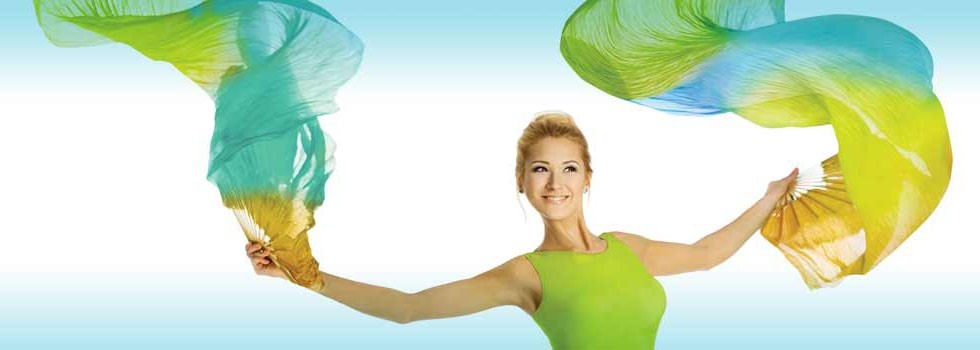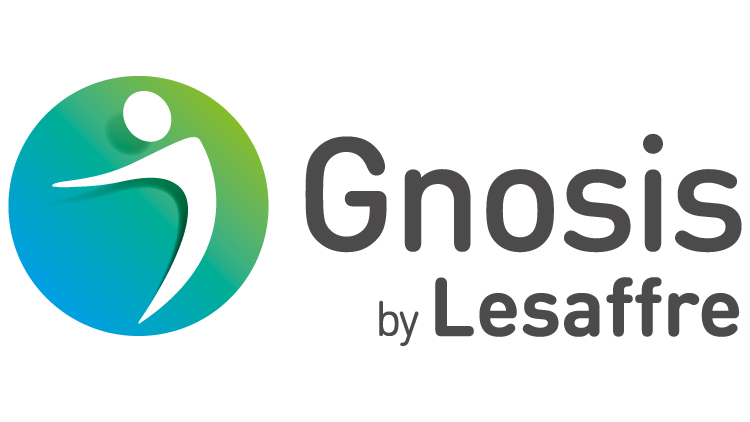Promotional Features
Mythocondro the non-animal chondroitin sulfate
Mythocondro is the first non-animal chondroitin sulfate (CS) obtained through a fermentation-based manufacturing process providing a reliable and reproducible source of product. Mythocondro solves any concerns related to the production origin, the possible presence of transmissible infective agents and the contaminations and adulterations typical of animal-derived raw materials.
The European Commission approved the use of Mythocondro, the non-animal chondroitin sulfate and this opens the door for the commercialization of Mythocondro from Gnosis, Desio, Italy, in the 28 EU-member state market.
Innovation of Mythocondro point-by-point:
✓ Produced by a natural, green and protected fermentation process: non-animal production.
✓ Low molecular weight and homogeneous structure similar to human chondroitin, found in synovial fluid
✓ Level of use lower than those of animal CS, due to the increased bioavailability
✓ Demonstrated biological activity and established safety profile with published clinical trials
✓ Vegetarian and vegan alternative for people with dietary and religious restrictions
✓ Increased anti-inflammatory effect compared to animal chondroitin sulfates
The innovations of the product derive from the fermentation-based production process, capable of optimizing physical and chemical characteristics of the raw material with direct consequence on purity, safety and efficacy. Based on five patents, Mythocondro is obtained from the biosynthesis of a specific, non-GMO bacterial strain that produces capsular polysaccharides, showing homology with the chain of biological chondroitin. The chondroitin-like polysaccharide obtained after the fermentation undergoes a specific process of sulfation in defined positions in order to obtain a CS really close to that of human synovial fluid.
Only non-animal, fermentation-derived production of Mythocondro can warrant a homogeneous structure and a clear identity profile, a batch-to-batch reproducibility, a high purity, a constant charge density, a low molecular weight and a safety profile of CS. The charge density is related to the presence of negative groups on the CS molecule able to induce interactions with other bio(macro)molecules and to exert biological properties.
CS is a natural component of cartilage and synovial fluid. When taken by patients with osteoarthritis, CS acts as a symptomatic slow-acting drug (SYSADOA). CS is also a structure/disease modifying anti-osteoarthritis drug (S/DMOAD) used in the management of pain and inflammation associated with joint degeneration.
Studies of animal-derived chondroitin products sold in Asia, Europe and the US have found evidence of adulteration.This poses concerns about the efficacy, quality and the safety of some ingredients and finished products in the market.1,2,3,4 When adulteration occurs, the problem stems from the animal origin of CS, poorly-managed supply chains and missing traceability: although all animal CS have an identical backbone, several studies indicate that the chemical composition (sulfation, overall charge density) and quality of CS changes with age of the animal, tissue, organ and it is specific for each species. Moreover, as a result of the biosynthetic processes related to specific tissues and species, CS with different grades of polymerization may be biosynthesized producing macromolecules of varying molecular weight, type and grade of sulfation and polydispersity.
Currently CS products generally use bovine, porcine, chicken or cartilaginous fish such as sharks and skate byproducts, in particular cartilage, as raw material. More importantly, a mix of all these sources is possible, producing a CS final product with mixed characteristics and poorly identified activities. Furthermore, some manufacturers extract CS from these cartilaginous feedstocks using organic solvents, with purification processes that may cause chemical degradation/desulfation and loss of activity along with an uncontrolled and unreliable supply chain of CS raw materials. The animal origin poses potential consumer safety problems associated with the possible presence of pathogen contamination and transmissible infective agents (bacteria residues, viruses and prions) such as those causing spongiform encephalopathy in bovines (BSE), foot-and-mouth disease, influenza spread in birds and other animal diseases.
Animal CS may also be contaminated with (macro)molecules possessing similar properties of CS that are co-purified during CS extraction from tissues, such as nucleic acids and proteins. Some of these proteins may have allergenic potential, resulting in immune reactions. Contamination of animal-derived CS may also derive from the voluntary adulteration with cheaper polysaccharides and substances that cannot be determined with usual analytical controls utilized in the nutraceutical industry.
Mythocondro is characterized by over 99% of purity, an extremely low content of natural contaminants, i.e. proteins, nucleic acids, other polysaccharides. Currently, USP and EP allow up to 6% and 3% of undefined protein content respectively in their specification while Mythocondro has lower than 0.1% of well characterized proteins. The non-animal CS has been extensively studied in order to evaluate its characteristics, safety profile and efficacy.
Preclinical and clinical studies have been carried out demonstrating superior biological activity versus animal-derived CS both in vitro and in vivo. The pharmacokinetics of Mythocondro was evaluated in a comparative pharmacokinetic single dose, open label, randomized, two-way cross-over study in 24 human subjects with known bovine CS.5
Mythocondro showed a higher bioavailability of 43%, versus bovine CS. In particular, 5 hours after administration, the plasmatic concentration of Mythocondro remains up to 89% higher than bovine CS. Similar Cmax values for both formulations suggests further supports data demonstrating that the different plasmatic behavior is related to the capacity of Mythocondro to remain for a longer time in the blood compartment with a higher concentration compared to bovine CS. The demonstrated increased bioavailability of Mythocondro opens up use of a decreased dosage of 600 mg/day, which could be formulated in one single dose alternative, once-a-day, instead of current larger CS pills that need to be taken 2 times a day.
A new study has been designed to support a low dosage of non-animal CS through the evaluation of the bioavailability and pharmacokinetics of a different formulation of Mythocondro in tablets, in comparison with animal CS, in human volunteers.6 The study has been carried out to provide evidence that the activity exercised by CS on biological structures is strictly related to the presence of negative groups on the CS molecule, able to induce aspecific as well as specific interactions with other bio(macro)molecules and to exert biological properties.
Mythocondro is suitable to vegans and vegetarians and satisfies the multiple needs of global markets that contain people with different habits, cultures, religious issues and needs, with a converging request to have clear information and warranties on the origin and quality of the products consumed.
Highly pure, odourless, tasteless and off-white, Mythocondro is well suited for a broad range of products, from capsules and soft-gels for dietary supplements to more complex applications in foods, beverages, animal nutrition and personal-care products.
References
1. Adebowale, A. et al. 2000. Analysis of glucosamine and chondroitin sulfate content in marketed products and the Caco-2 permeability of chondroitin sulfate raw materials. Journal of the American Nutraceutical Association, 3
2. Sakai, S. et al., 2007. Identification of the origin of chondroitin sulfate in “health foods.” Chemical & pharmaceutical bulletin, 55(2), pp.299–303.
3. Sim, J.-S. et al., 2007. Evaluation of chondroitin sulfate in shark cartilage powder as a dietary supplement: Raw materials and finished products. Food chemistry, 101(2), pp.532–539.
4. Volpi, N. & Maccari, F., 2008. Quantitative and Qualitative Evaluation of Chondroitin Sulfate in Dietary Supplements. Food analytical methods, 1(3), pp.195–204.
5. Miraglia, N. et al., 2016. Safety assessment of non-animal chondroitin sulfate sodium: Subchronic study in rats, genotoxicity tests and human bioavailability. Food and chemical toxicology: an international journal published for the British Industrial Biological Research Association, 93, pp.89–101.
6. Volpi et al. 2018. Oral bioavailability and pharmacokinetic of non-animal chondroitin sulfate (Mythocondro®) and its constituents in healthy male volunteers. In Press 2018

